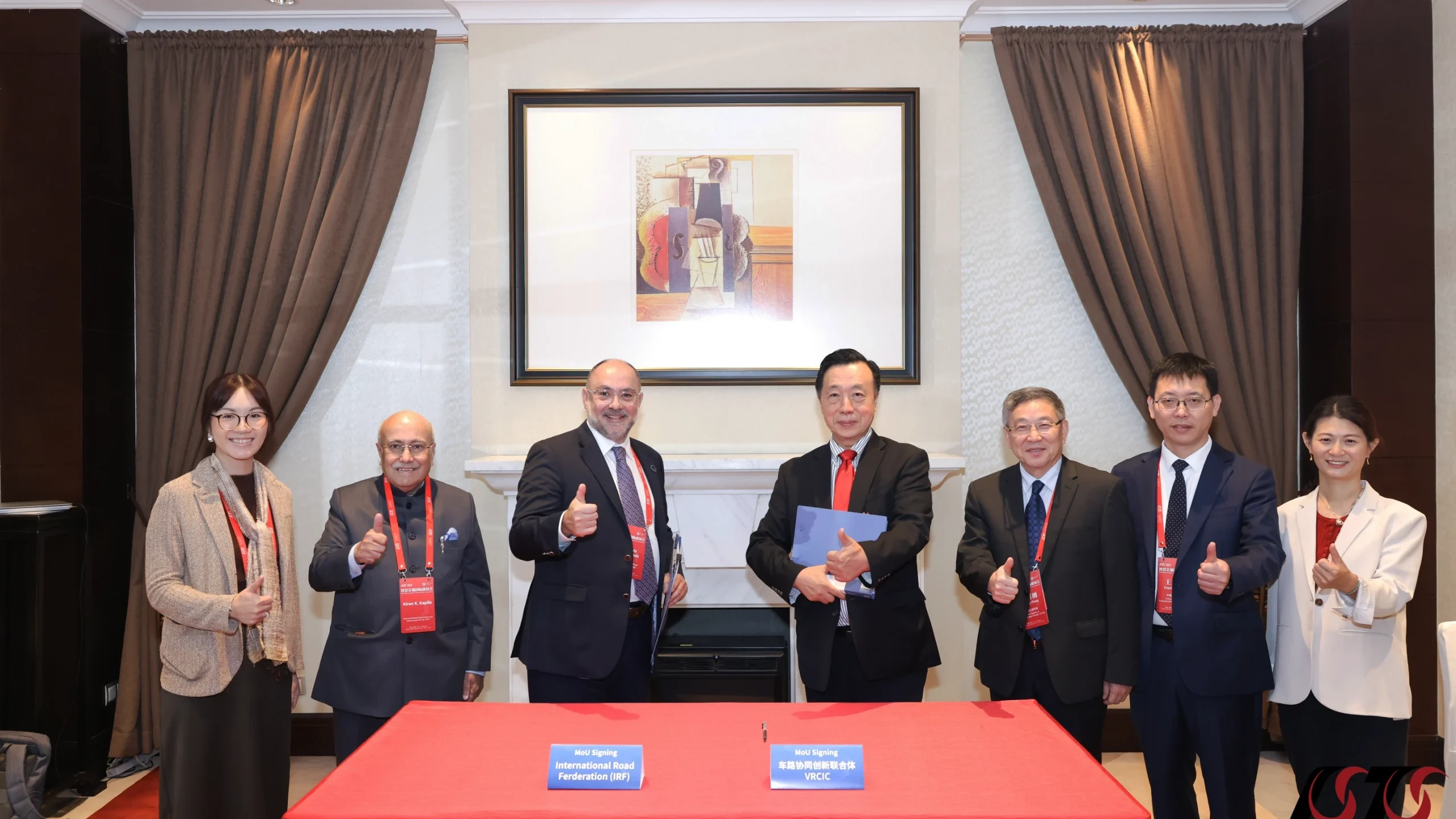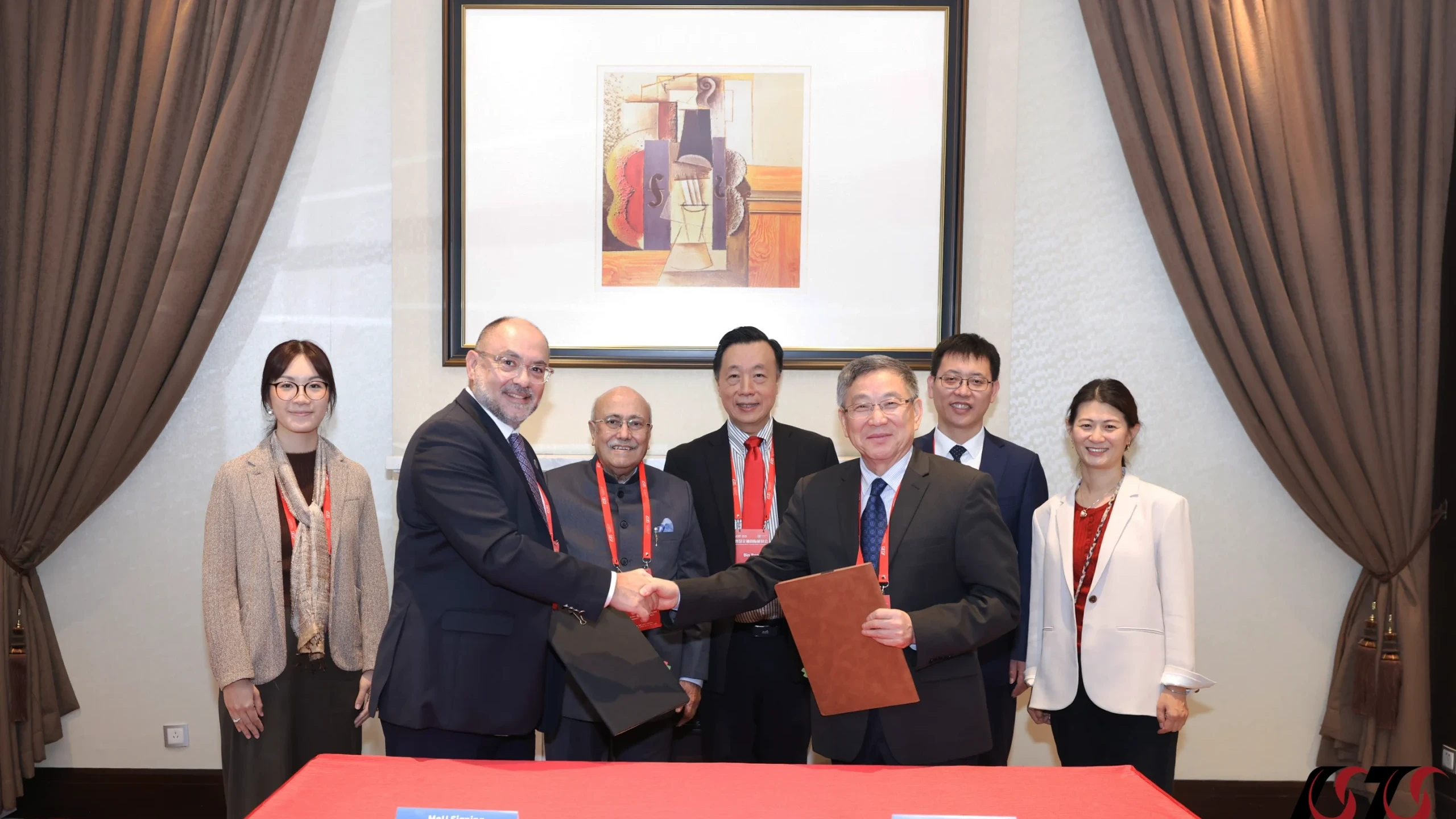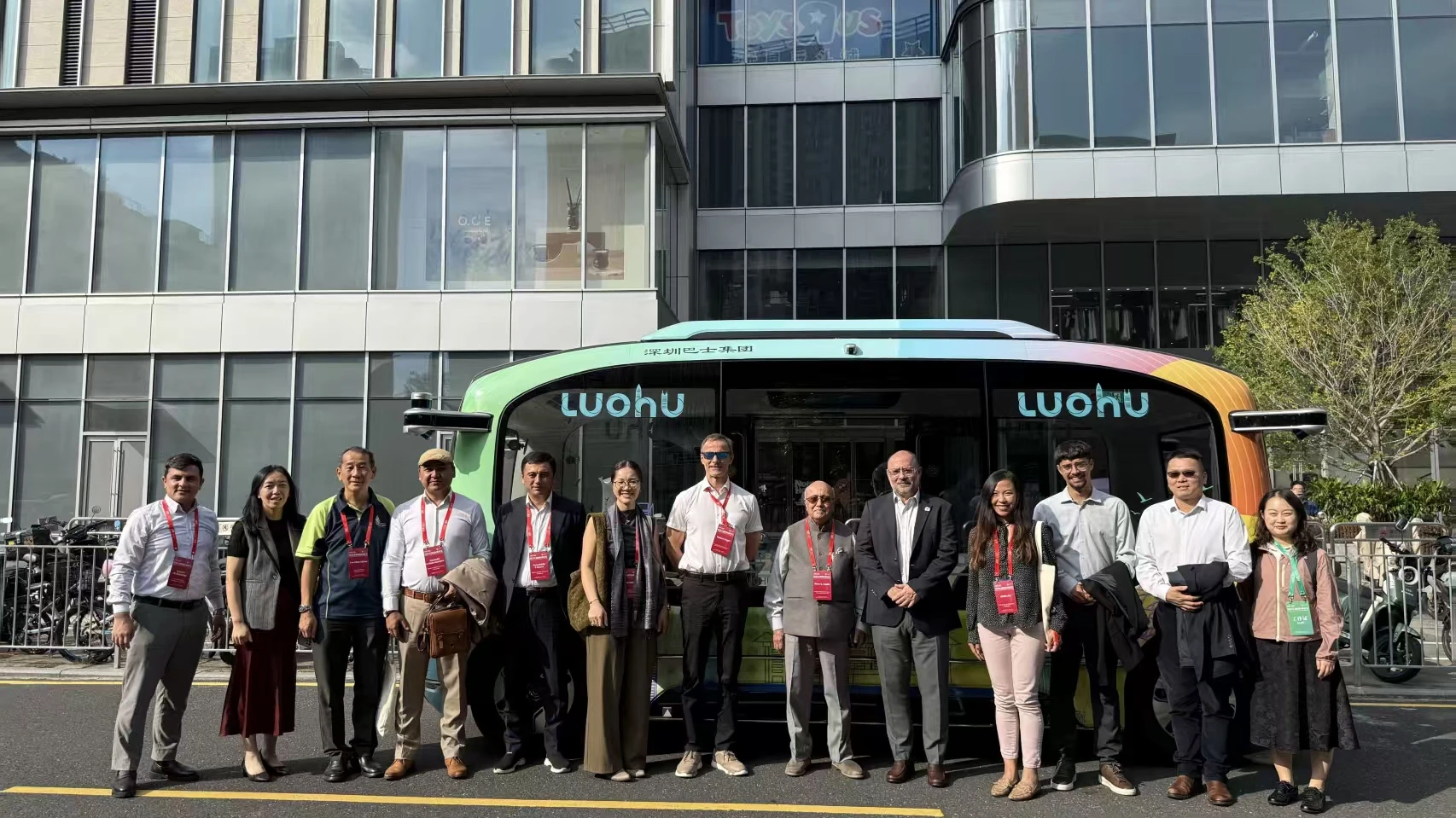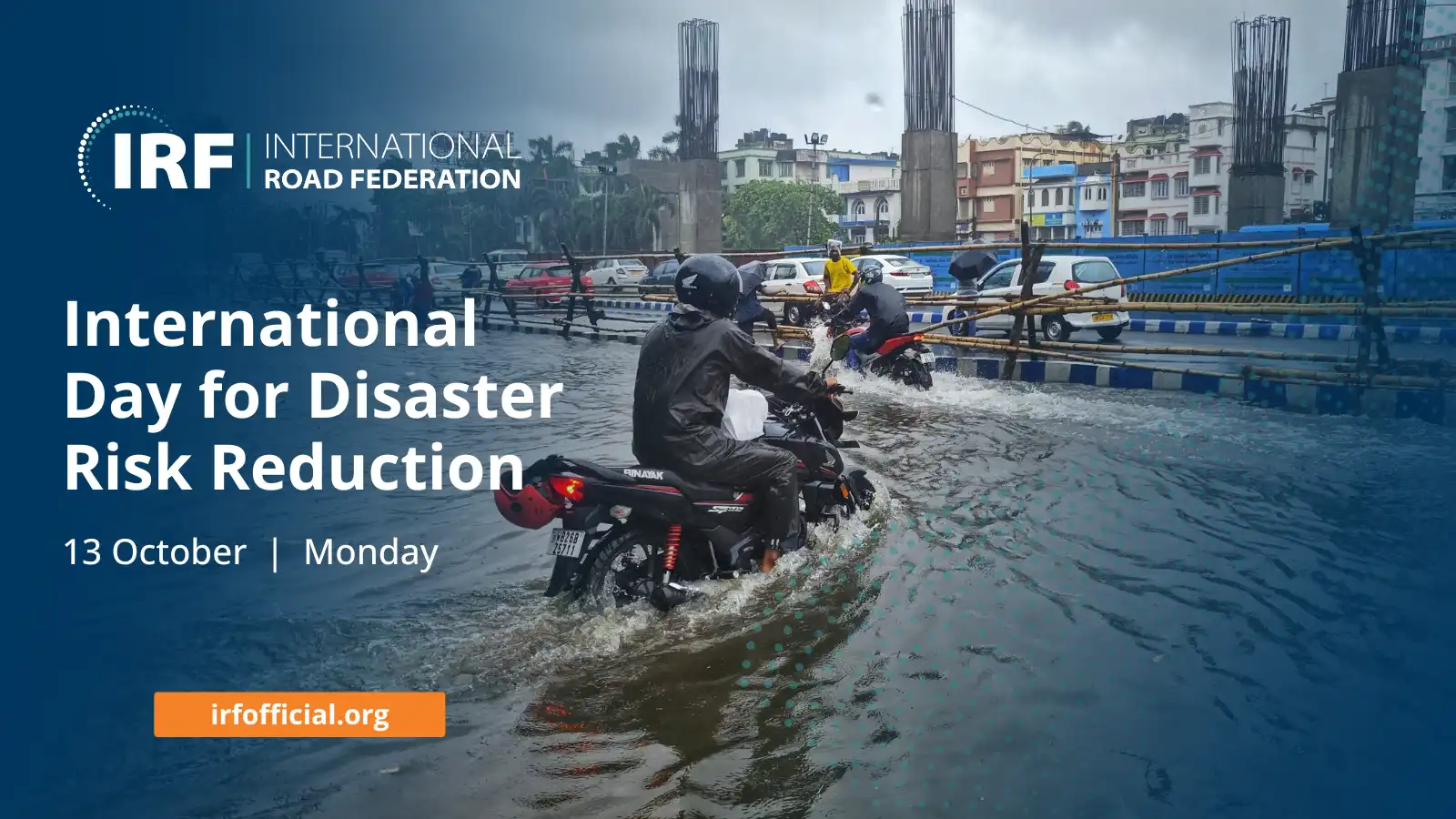Hi-Drive Webinar Explores the Technology Enablers for Higher Vehicle Automation
15 October | Online – IRF and the Hi-Drive European Project recently hosted a webinar titled “Technology Enablers for Higher Vehicle Automation & Operations: Testing Performance and Reliability of ADFs for Extending and Fragmenting ODDs.”
The webinar gathered experts and innovators from across Europe to explore how advanced technologies are paving the way for safer, smarter and more connected mobility and showed how testing methods directly shape the vehicles, road systems and safety technologies we use every day.
Hi-Drive is at the forefront of efforts to extend and harmonise Operational Design Domains (ODDs), the real-world conditions under which automated vehicles can operate safely. By focusing on critical technology enablers such as Vehicle-to-Everything (V2X) communication, high-precision positioning, cybersecurity and machine learning, the project tackles some of the toughest challenges to achieving trustworthy, scalable automation.
These innovations aim to make automated driving more reliable and responsive to the diverse realities of Europe’s road networks, both urban and rural, national and cross-border.
Turning Research into Real-World Results
During the webinar, Christina Anagnostopoulou from the Institute of Communication and Computer Systems (ICCS) and Luisa Andreone, Stellantis-CRF, shared how Hi-Drive has been testing Automated Driving Functions (ADFs) in diverse environments. The topics covered a scenarios ranging from controlled test tracks to public roads with real traffic and weather conditions. Having conducted over 120 experiments across Europe, the project’s partners are generating valuable insight into how automation can perform safely and consistently in complex scenarios, such as low visibility, cross-border travel, and mixed traffic.
The initiative also relies on advanced data engineering tools to ensure transparent, high-quality analysis across all trials, an essential step in building public confidence in automated transport. As Luisa Andreone, Stellantis-CRF, explained, the project “is pushing towards robust and reliable automated driving, extending and defragmenting ODDs whilst ensuring interoperability across countries and brands.”
A Step Forward for Safer, Smarter Mobility
By connecting research with policy and practice, Hi-Drive exemplifies how technological innovation can contribute to safer and more sustainable transport systems. The integration of automation, connectivity, and data-driven learning has the potential to reduce crashes, optimise traffic flow and support greener, more efficient mobility across regions.
“Hi-Drive’s operations are designed to test automated driving functions under a variety of real-world conditions, such as those exhibited in closed-track simulations and public-road trials, to ensure their safety and reliability.” – Christina Anagnostopoulou
The project’s outcomes will be showcased at the Hi-Drive Final Event: “Bridging the Gaps in the ODD,” which will be held on 25th November 2025 at the AutoWorld Museum in Brussels.
Together with partners like Hi-Drive, the IRF continues to advocate for innovation, making roads not only more advanced but also safer, cleaner, and more accessible for all.


Latest News
- MoU signing between IRF and VRCIC to Advance Cooperative Vehicle-Infrastructure Technologies

- IRF and CHTS Strengthen Collaboration in Advancing Research in Autonomous Vehicles

- Driving Innovation: IRF and CHTS Strengthen Collaboration in Smart Mobility Research

- Hi-Drive Webinar Explores the Technology Enablers for Higher Vehicle Automation

- Introducing the IRF Start-Up 2025 Finalists

- Building Resilient Roads for a Safer and Connected Future

MORE NEWS
October 31, 2025
0 Comments5 Minutes
MoU signing between IRF and VRCIC to Advance Cooperative Vehicle-Infrastructure Technologies
The partnership between the IRF and VRCIC was officially sealed through a Memorandum of Understanding signed at the 2025 ISTS.
October 31, 2025
0 Comments7 Minutes
IRF and CHTS Strengthen Collaboration in Advancing Research in Autonomous Vehicles
The IRF and the CHTS formalised a new chapter of cooperation with the signing of a MoU during the 2025 ISTS.
October 31, 2025
0 Comments4 Minutes
Driving Innovation: IRF and CHTS Strengthen Collaboration in Smart Mobility Research
IRF delegation visited Shenzhen and Beijing to explore pioneering examples of smart and sustainable mobility in action.
October 13, 2025
0 Comments6 Minutes
Building Resilient Roads for a Safer and Connected Future
International Day for Disaster Risk Reduction: Prioritising resilient roads
October 10, 2025
0 Comments2 Minutes
IRF launches International Registry for Road Safety Auditors Training Programme in India
IRF Kicks-Off the International Registry training program in New Delhi, India.












